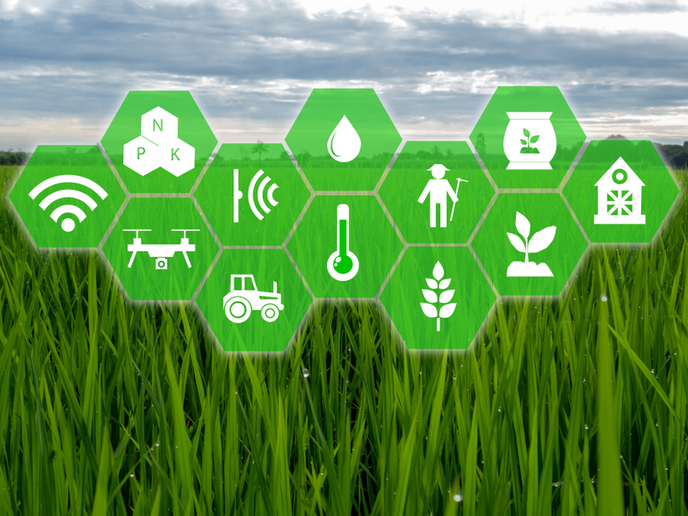Unleashing the full potential of smart agriculture
With growing arable land scarcity due to a range of human and climatic factors amid rising global demand for food, the need for sustainable and productive farm management is becoming ever more pressing. To address such issues, IoT is seen as a powerful tool, thanks to its potential to make agriculture more data-driven. This will lead to timely, cost-effective, efficient farming systems while also tackling environmental impacts. Precision agriculture solutions that are increasingly deployed involve management practices based on spatial measurements using global positioning system signals. For example, with the help of precision farming, fertilisers could be applied only where needed. Smart farming, also called Agriculture 4.0 is developing beyond these applications, enhancing the use of spatial data with real-time events. Farmers can quickly respond to any significant change in weather, humidity and air quality, as well as the health of each crop or soil in the field with such systems where sensors, smart agriculture vehicles, drones and autonomous robots are used. In these applications, IoT eases documentation and supervision of different activities, as well as the traceability of products with data analytics, visualisation and management systems. Despite such advantages, IoT use in arable farming poses several challenges caused by farm size, more frequent use of vehicles, excessive data and highly variable conditions. Supported by the EU-funded IoF2020 project, a team of researchers has examined these issues and identified possible solutions. The team’s findings were published in the journal ‘Biosystems Engineering’. “Current issues such as smart phones, intelligent management of Wireless Sensor Networks, middleware platforms, integrated Farm Management Information Systems across the supply chain, or autonomous vehicles and robotics stand out because of their potential to lead arable farming to smart arable farming.” The study adds: “During the implementation, different challenges are encountered, and here interoperability is a key major hurdle throughout all the layers in the architecture of an Internet of Things system, which can be addressed by shared standards and protocols. Challenges such as affordability, device power consumption, network latency, Big Data analysis, data privacy and security, among others, have been identified by the articles reviewed and are discussed in detail.”
IoT for large and small producers
The solutions proposed in the study focus on technologies like machine learning, middleware platforms and intelligent data management. The researchers conclude: “Technology developers need to ensure that the solutions create a real benefit for farmers and are available and applicable for both large and small producers.” The IoF2020 (Internet of Food and Farm 2020) project that supported the study explores the potential of IoT technologies for the European food and farming industry. Now in its final year, trials cover arable crops, dairy, fruits, vegetables and meat sectors, spanning a wide range of use cases in several EU countries. For more information, please see: IoF2020 project website
Countries
Netherlands



